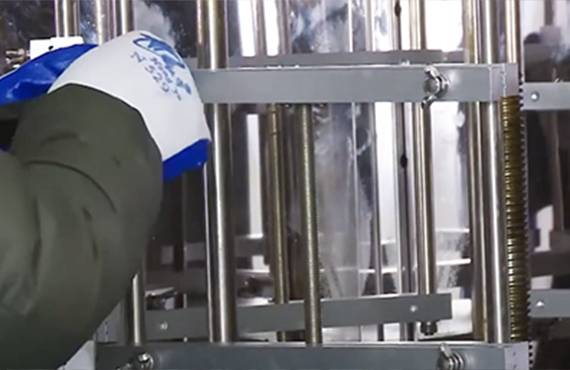The ozone test for cables is a test method used to determine the resistance of rubber or elastomeric materials to ozone degradation. This test method is usually specified in the IEC 60811-403 standard. The following are the main steps of the test procedure:
Test chamber and equipment: An ozone test chamber capable of generating a controlled amount of ozone is required, as well as a device to circulate ozonated air under controlled humidity and temperature conditions. Equipment is also needed to measure the ozone concentration.

Test Sample Preparation: Typically, cable insulation or jacketing materials need to be conditioned for at least 16 hours after extrusion or cross-linking. Prior to this, the insulation core may need to be bent to a diameter that meets the relevant specification. Prior to testing, the bent specimens should be left in air at ambient temperature for 30 to 45 minutes without further processing. The sheathing material should normally be prepared as dumbbell pieces and then stored in a desiccator at 23±5°C for at least 16 hours.
Test Setup: Conditioned test specimens are placed in an ozone test chamber and should be separated from other specimens by a distance of at least 20 mm. The test specimens shall be maintained at a temperature of (25±2)°C and tested in a circulating stream of dry air with the desired ozone concentration. The ozone concentration and exposure time shall be in accordance with the relevant cable standards. The air flow shall be between 280 litres/hour and 560 litres/hour and the air pressure shall be maintained slightly above atmospheric pressure.
Test completion and evaluation: After the specified test time, the specimen is removed from the test chamber and inspected with normal or corrected vision without cracks. In addition, the ozone concentration needs to be measured directly by an ozone meter to ensure compliance with the requirements specified in the relevant cable standards.
This test procedure is designed to assess the resistance of the cable material to ozone-induced degradation. Ozone testing is important to ensure that the cable will maintain its performance and life in service.





